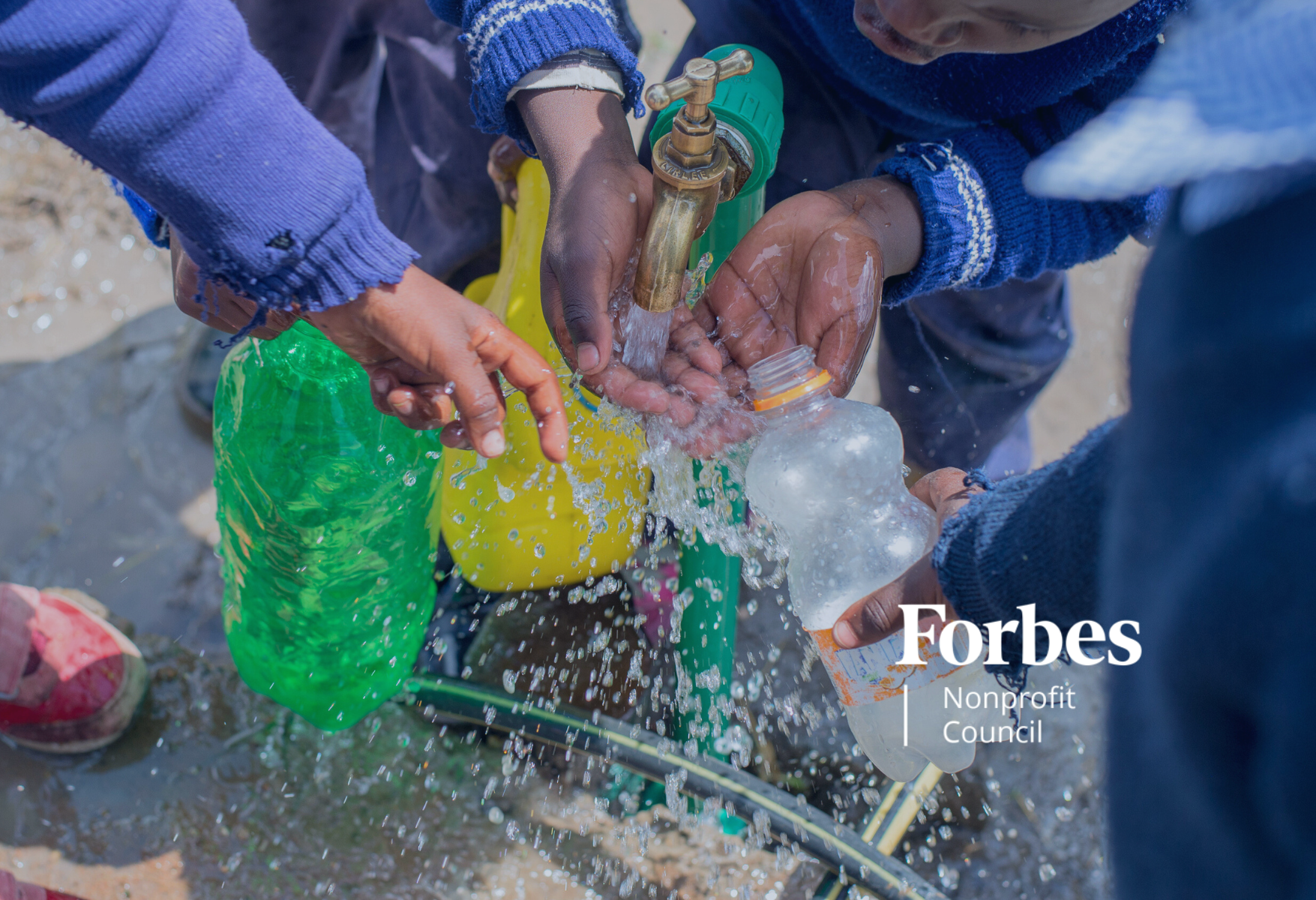September 29, 2025
The Future Of Nonprofits Is Dignity, Not Charity
I’ve lost count of how many broken hand pumps I have seen in East Africa, rusting reminders of a charity model that valued speed and low price-point over sustainability. Each one was installed with the best of intentions. Each one was celebrated in a glossy annual report. And each one eventually left the people it was meant to serve worse than where they started: without water and with a lot of lost time and trust.
What shook me was not only the waste of resources but also the noticeable loss of dignity. These communities were treated as passive recipients of help, not partners in building solutions that would last. And the truth is, this “charity mindset” is not limited to water projects in faraway villages. It is embedded in the way we think about giving, philanthropy and even leadership.
The Problem With Charity-As-Usual
Charity, as most of us know it, is built on imbalance. There is a giver and a receiver. One holds the power, and the other waits for it. This model can ease immediate suffering, but it will rarely create lasting change. Far too often, it leaves communities dependent on outside help while donors remain satisfied by a feel-good story rather than true impact.
This is why so many well-intentioned efforts—whether food drives, medical missions or quick-build water wells—fade quickly once the donors leave. They treat symptoms but rarely address systems, and this dynamic is harming beneficiaries and stagnating true progress.
What A Dignity-Centered Model Looks Like
Dignity begins from a different lens. It treats people not as problems to be fixed but as equal partners in designing solutions. It starts with listening, and it builds on local expertise. Dignity honors the truth that the people closest to the challenges are also the people closest to the solutions.
In my own work, I have seen the stark difference firsthand. Early in my career, I believed, as many do, that the faster we could install wells, the better our impact. Speed meant more communities reached and more families served. But speed without partnership means failure, and a water system built without community input and leadership is a water system destined to break down.
When we shifted our approach, the outcomes changed dramatically. We began by asking women, who carry the heaviest burden of water collection, what they needed and what solutions they trusted. We trained local teams to manage infrastructure, not just benefit from it. And we treated every person not as a recipient of charity but as an owner of their future.
The result was clear. Infrastructure lasted and needed fewer repairs, schools stayed open and welcomed more children, health and commerce improved and, most importantly, communities began to see themselves not through the lens of what they lacked but through the power of what they could build.
Why This Shift Matters Now
This shift from charity to dignity is not optional; it is essential. Nonprofits, philanthropists and business leaders will have to embrace it if we want to solve the challenges of our time.
Consider the stakes: More than 2 billion people worldwide still lack safe drinking water, according to the World Health Organization. Climate change, economic shocks and global conflict are widening existing gaps. Charity may soothe our conscience, but dignity builds systems that endure. Charity fills a gap for a moment, while dignity closes the gap for a generation.
The Harder, Better Path
Here is the challenge: Dignity requires us to slow down. It asks us to let go of control, trust the people closest to the problem and redefine success beyond the short-term wins we can fit into a press release. That is not as easy to sell at a gala or highlight in a marketing campaign. But it’s the only way forward. The future of nonprofits is not about selling sympathy; it is about building trust, equity and shared ownership.
When we lead with dignity, we do not just change outcomes. We change entire systems. And that future is waiting for us if we are willing to build it.
